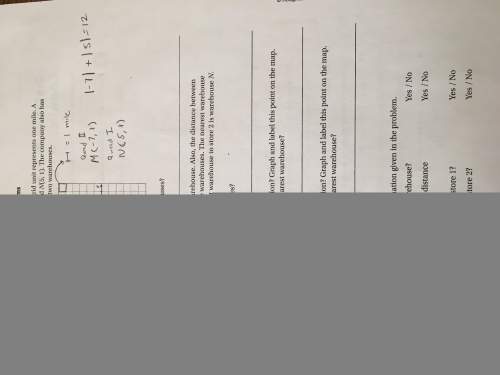1 point
Tiffany's mass is 60 Kg. She climbs the 1.75-m vertical ladder of a slide,
slips and...

1 point
Tiffany's mass is 60 Kg. She climbs the 1.75-m vertical ladder of a slide,
slips and reaches a velocity of only 4.25 m/s at the bottom of the slide. How
much energy was "lost" as Tiffany slid? What actually happened to the "lost"
energy? W=4= K. Ef – K. Ei

Answers: 2


Other questions on the subject: Physics

Physics, 21.06.2019 21:20, janayshas84
An artificial satellite circles the earth in a circular orbit at a location where the acceleration due to gravity is 6.03 m/s^2. determine the orbital period of the satellite.
Answers: 3

Physics, 21.06.2019 22:30, mirellaenriquez5529
Follow these directions and answer the questions. 1. shine a pencil-thin beam of light on a mirror perpendicular to its surface. (if you don't have a laser light as suggested in the video, you can make a narrow beam from a flashlight by making a cone from black construction paper and taping it over the face of the flashlight.) how does the light reflect? how does the relationship of incident to reflected ray relate to the reflection of water waves moving perpendicular to a barrier? 2. shine a pencil-thin beam of light on a mirror standing on a sheet of paper on the table (or floor) so that you can mark the incident ray and reflected ray. (you can support the mirror from the back by taping it to a wooden block.) 3. mark a line on the paper representing the reflective surface. (the reflective surface of a mirror is usually the back edge.) 4. draw a dashed line perpendicular to the mirror surface at a point where the incident and reflected ray meet. this perpendicular is called a normal to the surface. 5. measure the angles between the rays and the normal. the angle of incidence is the angle formed by the incident ray and the normal to the surface. the angle formed by the reflected ray and normal is called the angle of reflection (r). what is the angle of incidence? what is the angle of reflection? 6. repeat for several different angles. (see report sheet for details.) what appears to be the relationship between the angle of incidence and angle of reflection? in science 1204, what was the relationship for these two angles made by the reflection of waves in a ripple tank? 7. roll a ball bearing so that it hits a fixed, hard surface (a metal plate) at several angles (including head-on). observe the way in which the ball bearing reflects. what generalization can you make about how a ball bearing reflects from a wall? have you proved that light can only behave like a wave?
Answers: 1

Physics, 22.06.2019 14:40, sherlinejules1
You throw a small rock straight up from the edge of a highway bridge that crosses a river. the rock passes you on its way down, 7.00 s after it was thrown. what is the speed of the rock just before it reaches the water 28.0 m below the point where the rock left your hand? ignore air resistance.
Answers: 2

Physics, 22.06.2019 15:30, Mhayslett12
To understand the electric potential and electric field of a point charge in three dimensions consider a positive point charge q, located at the origin of three-dimensional space. throughout this problem, use k in place of 14? ? 0. part adue to symmetry, the electric field of a point charge at the origin must point from the origin. answer in one word. part bfind e(r), the magnitude of the electric field at distance r from the point charge q. express your answer in terms of r, k, and q. part cfind v(r), the electric potential at distance rfrom the point charge q. express your answer in terms of r, k, and q part dwhich of the following is the correct relationship between the magnitude of a radial electric field and its associated electric potential ? more than one answer may be correct for the particular case of a point charge at the origin, but you should choose the correct general relationship. a)e(r)=dv(r)drb)e(r)=v(r)rc)e(r)=? dv(r)drd)e(r)=? v(r)r
Answers: 2
You know the right answer?
Questions in other subjects:

Biology, 25.07.2019 00:30


Mathematics, 25.07.2019 00:30

History, 25.07.2019 00:30

Mathematics, 25.07.2019 00:30


Health, 25.07.2019 00:30

Chemistry, 25.07.2019 00:30


Biology, 25.07.2019 00:30




